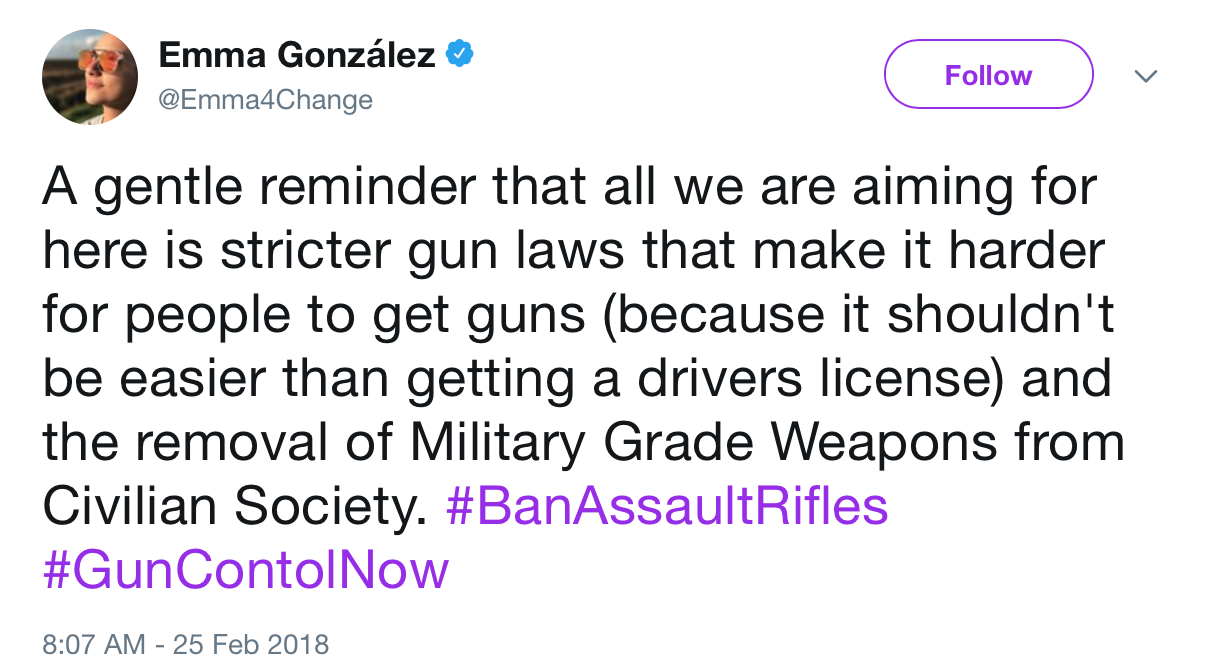The Elephant in the Classroom
Another mass shooting, another set of knee-jerk responses.Once again, there is a call to arm educators and school staff in an effort to thwart an active shooter in a school building. It is yet another measure that has been proposed to protect students while in school, but certainly not the first.At first we practiced soft- and hard-lockdown procedures. Which morphed into active shooter drills employing ALICE (Alert-Lockdown-Inform-Counter-Evacuate) and other options-based practices. Read more about ALICE here.While I was glad that a protocol had been worked out by people far more expert in such situations than I would ever be, these protocols can make adults and children very anxious. ALICE and options-based responses are not a 100% guarantee of success.Schools sometimes have resource officers stationed within them. At Stoneman-Douglas in Parkland, FL, there has been wide-spread criticism of the resource officers who did not enter the building as the gunman was shooting. The officers, I believe, were armed with pistols which would have been no match for the AR-15 assault weapon the shooter was carrying. Would a resource office shooting a pistol have saved lives and prevented injuries in the Parkland incident? Were those officers slow in assessing the situation and their response to it, or were they incompetent? Either way, the officers must now live with their decisions and the consequences for the rest of their lives.Now Mr. Trump and others are raising the idea of arming educators, or to be more precise, arming some educators. That elite group of people would be reward by a bonus for their skill and willingness to take on an active shooter within a school building using a concealed weapon. And while teachers carrying weapons is allowed in some state and schools already, this horrifying proposal - horrifying to anyone who has ever worked in an elementary, middle, or even high school classroom with impulsive children - is being touted as the magical solution to make our schools safer.I don't know why anyone would think school safety would be enhanced by an educator carrying a weapon. Here's a statistic from a 2007 NYTimes article. In New York City, police officers, trained in weaponry and in responding to tense shooter situations:
In 2005, officers fired 472 times in the same circumstances, hitting their mark 82 times, for a 17.4 percent hit rate. They shot and killed nine people that year.
Maureen Downey reaffirms this statistic and more in this Atlanta Journal Constitution article, "Cops face hard time hitting targets in gunfire". Law enforcement officers who train extensively know that hitting the "target" in a tense situation happens less than 20% of the time. How does that translate to educators? What will the collateral damage be in such a situation?To me, it seems the path of least resistance is to come up with more protocols and reactions to armed shooters. The hard route? That would be having the courage to eliminate the types of weapons used most frequently in mass shootings: assault weapons. Is a weapon that obliterates everything in its path, that causes such massive and total damage to human life (see "What I learned from treating the victims from Parkland") necessary for civilians to protect themselves?The elephant in the classroom is that, despite all the protocols and proposals for protecting schools and churches and other venues, mass shooters, some with some very severe mental issues, continue to get access to some very powerful weapons. And unless we are willing to say that this style of weapon has no place in civilian society, until our lawmakers are willing to walk away from lobbyists who protect the manufacturers of these weapons, until access to such high-powered guns is taken away, no amount of hiding in a classroom or arming staff members will save anyone.Carrying any kind of gun would never be for me: I had no intention of using it whether in a classroom or anyplace else. But I understand that is not everyone's feeling. I think Emma Gonzalez expresses it best:
